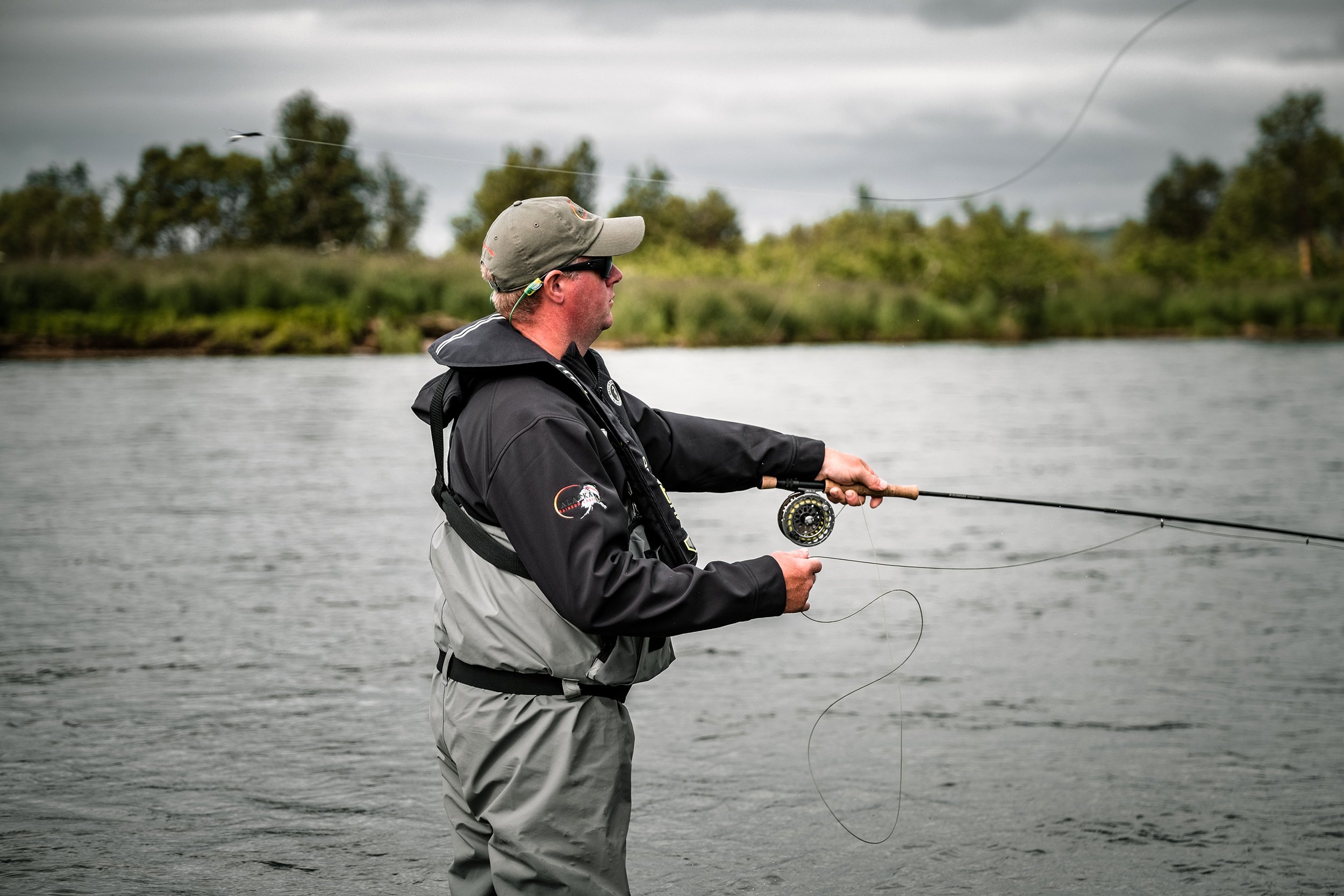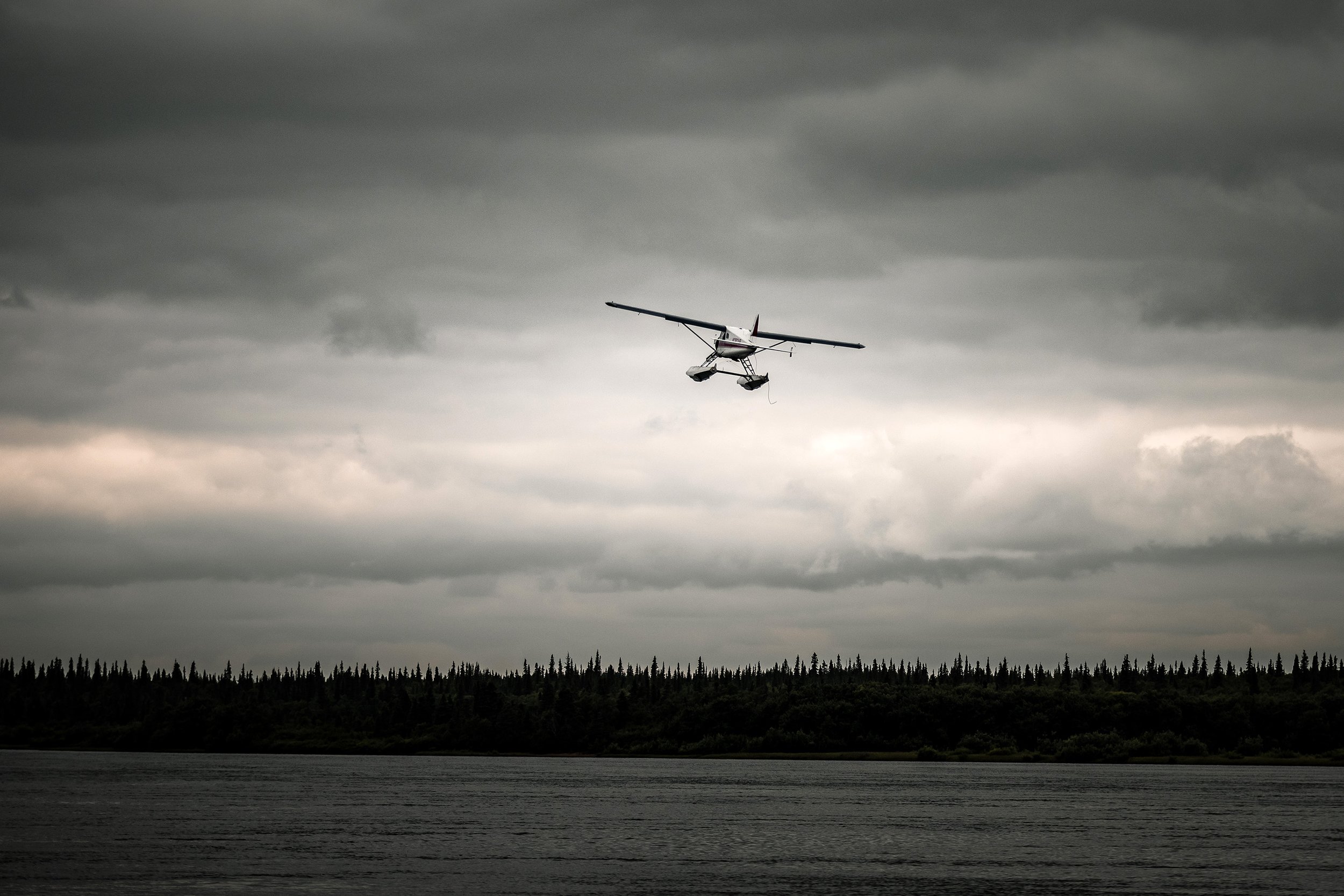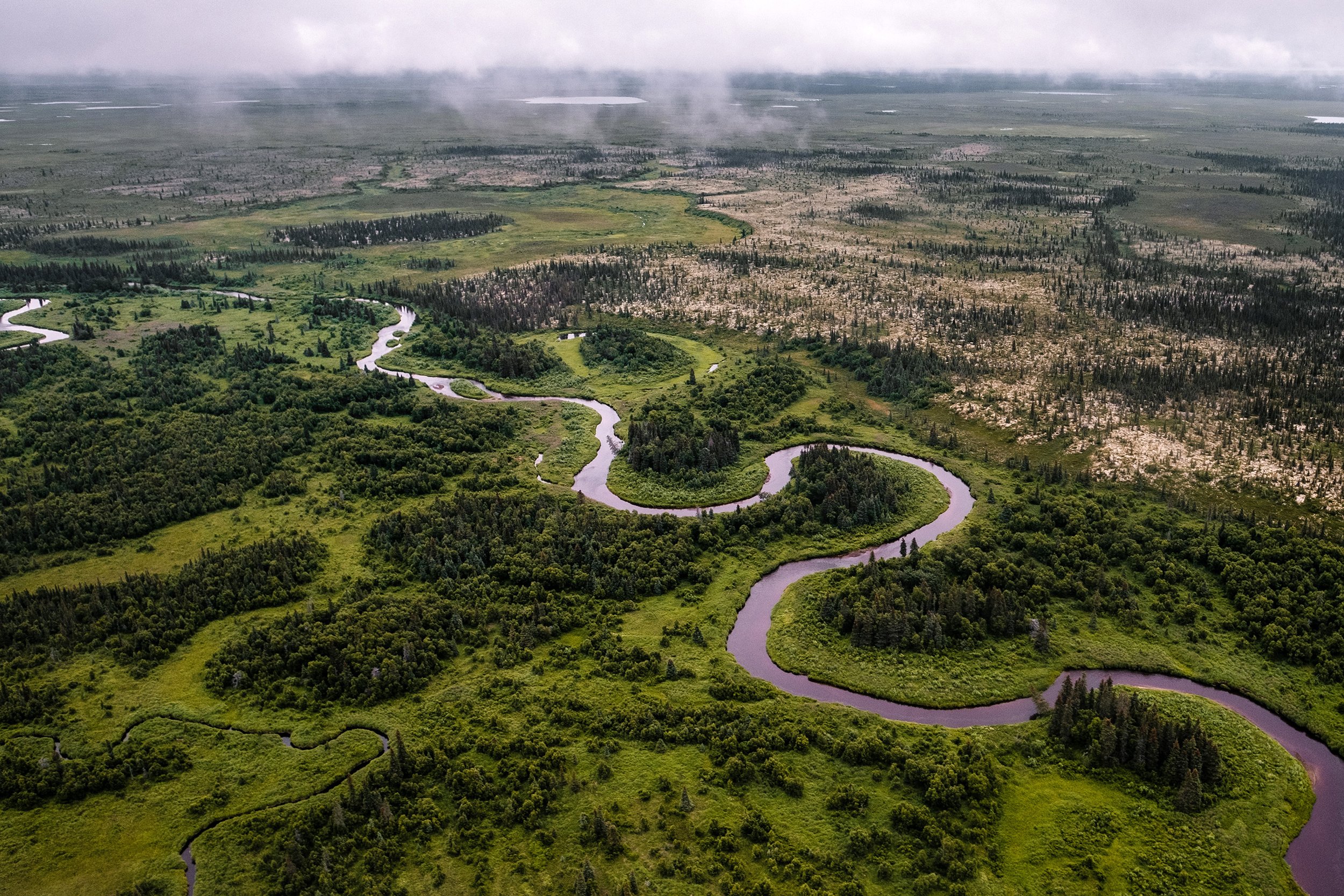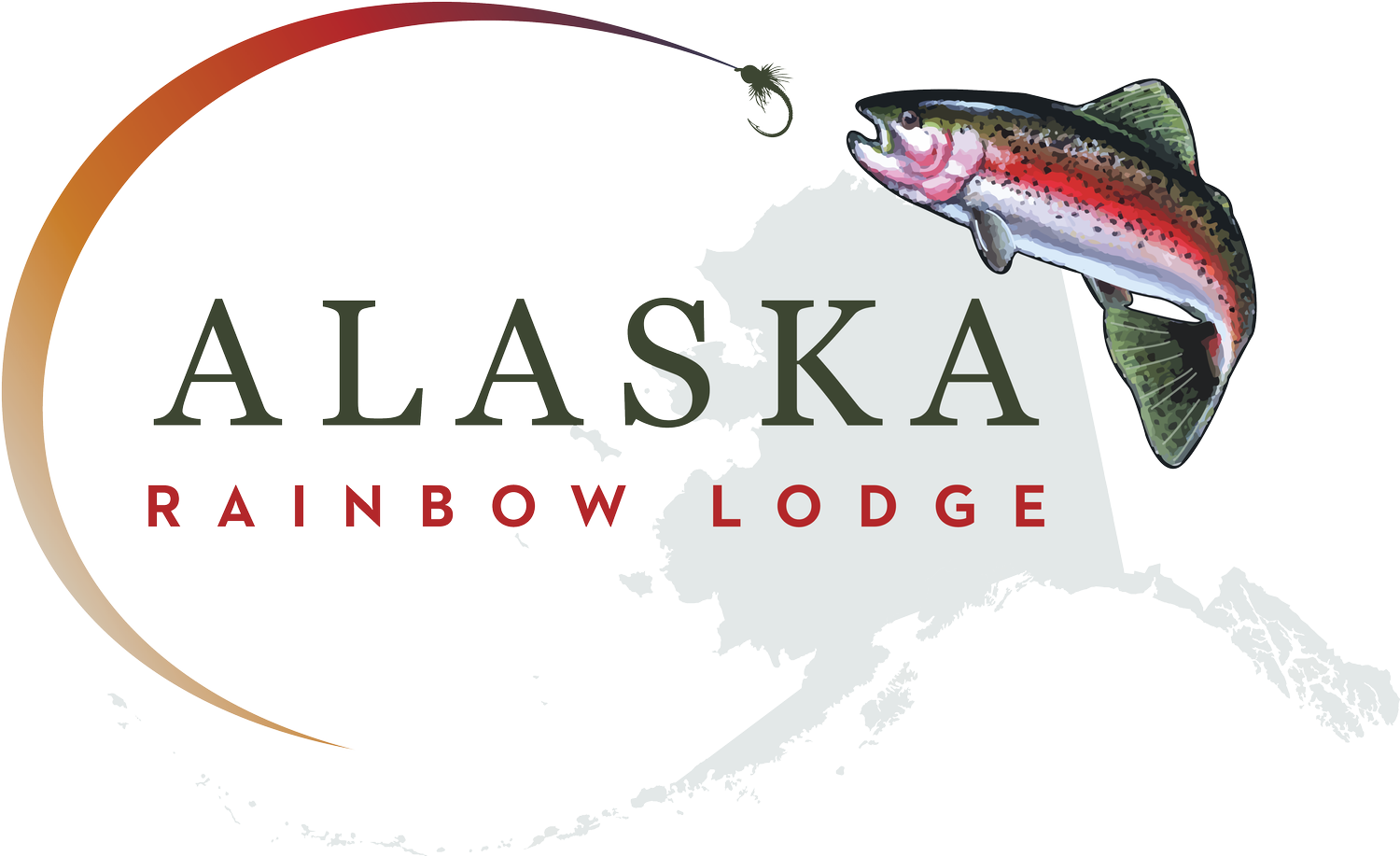
Know Before You Go.
What to Bring.
As you plan your Alaska fishing trip to Alaska Rainbow Lodge, please refer to the fishing tackle and clothing lists below so you don’t leave anything behind that you may need on your fishing trip. We have developed these lists over the years, so you can count on needing most items listed. Alaska fishing clothing and tackle is different than some you may have fished with previously. This Alaska fly fishing checklist includes what we feel like are the essentials, but feel free to bring anything additional that you may want or be used to in order to enhance your fishing experience.
Alaskan Fishing Trip Checklist.
There are several items to consider bringing with you, depending on your preferences and how long you’ll be staying (some guests continue their Alaskan adventure after visiting with us). However, rather than make an extensive list of necessities, we decided just to make a shortlist of a few general travel items:
Travel documents and plane tickets
Wallet and tender
Medication
Camera with batteries and extra memory cards
Waterproof bag
Polarized sunglasses
Small backpack for day trips
Sunscreen
Lip Balm
Utility knife
Insect repellent
Toiletries
WHAT TO EXPECT FROM AN ALASKAN FISHING TRIP AT RAINBOW LODGE
The best way to describe the Bristol Bay region is “an untouched fishing paradise.” Adding to the allure of fishing in Alaska, we furnish just about everything our guests need, from boats to top-rated gear and equipment. What’s more, we operate three six-passenger floatplanes that will provide guests unfettered access to some of the most remote locations in the Katmai watershed!


Time Stops When You’re on Salmon Time.
What To Wear
The best way to dress for fishing in Alaska is in layers. Wool, polypro, or other synthetic fabric will all serve as an excellent base and second layers. As mentioned before, rain gear is essential, even when it’s clear and sunny in the morning. You don’t have to go out and buy the most expensive jackets, but having at least a poncho will help immensely. Wool or synthetic socks are also imperative as they do a better job keeping you dry than cotton. Durable, comfortable jeans and fleece pants for the cold mornings and evenings are also great items to wear. Overall, the most critical factor is adaptability.





